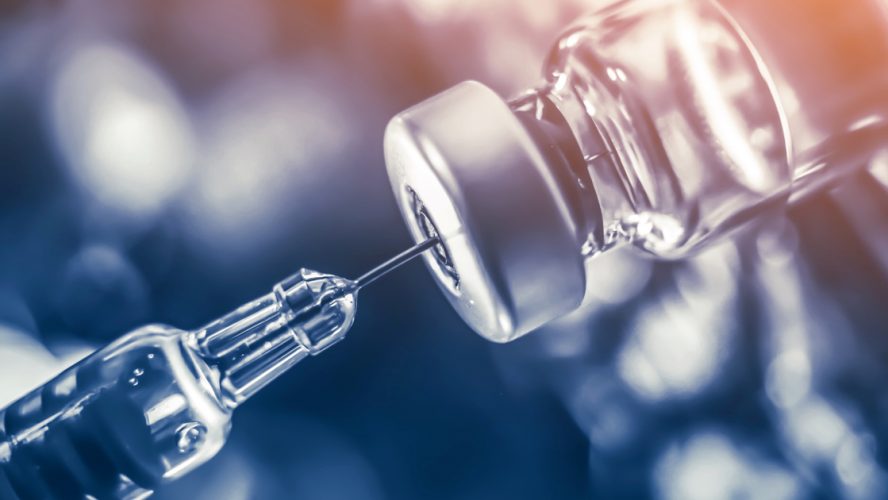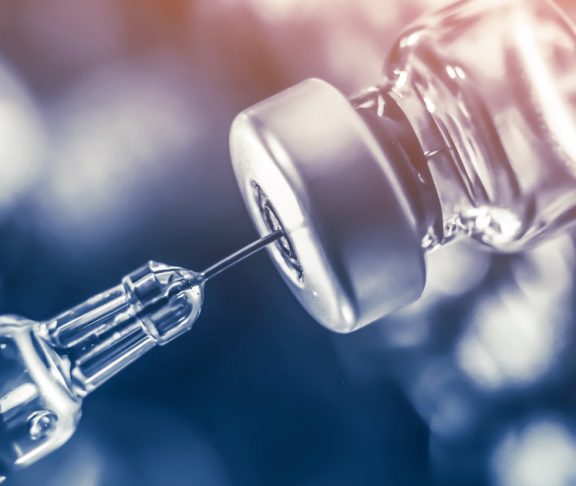
Dr Archie Lovatt
Scientific Operations Director for Biosafety at SGS Vitrology
Vaccinations are responsible for the eradication of some of the most dreaded diseases in history – but how do scientists make sure each batch is safe?
Developing new vaccines to fight emerging diseases is critical for the survival of the human race – and making sure they are pure is a huge part of that.
That’s according to Dr Archie Lovatt, Scientific Operations Director for biosafety at SGS Vitrology, in Glasgow.
He said: “It’s vital that we have the ability to react fast to new pathogen threats, such as the coronavirus and pandemic influenza, because if something with serious consequences does develop, it could potentially impact a lot of lives.
“We take it for granted now that we no longer have a constant high level of diseases like polio, smallpox, diphtheria, tetanus and that’s all down to vaccination. But developing them is only one part of the cycle – they also need to be analysed and tested.”
Viruses are much more difficult to detect than bacteria and fungi, because they come in so many different types, shapes and forms.
Safety critical testing
Vaccination works by introducing an inactivated or altered form of a disease-causing pathogen into the body, which stimulates the immune system to develop the relevant antibodies and cellular response.
But injecting pathogens into the body comes with risks if the product is not meticulously assessed and tested.
It’s a complex task that’s carried out at specialist facilities, such as those run by SGS Vitrology.
“First, we have to establish the identity of the product, to make sure it is what we think it is. That’s done using nucleic acid-based DNA sequencing technology,” explained Dr Lovatt.
“It’s important because you don’t want people to be injected with something other than the vaccine they have asked for.”
Purity testing is the next step, during which the product is screened for contaminants such as unwanted bacteria or fungi, using standard sterility assays, and viruses.
“Viruses are much more difficult to detect than bacteria and fungi, because they come in so many different types, shapes and forms,” said Dr Lovatt.
“You have to use a real broad range of detection tools including electron microscopy studies, cell infectivity and molecular biology methods PCR and DNA sequencing.”
All part of the process
Failing to ensure the purity of product can lead to a range of side effects, such as sepsis or viral infection, in the final recipients – not to mention undermine the whole development process.
“If the product purity is not consistent, it can bring all the clinical trial data into question. It means that you can’t be sure that the effect you have seen in a clinical trial, that it is protective and efficient, is because of the agent or a contaminant that is in the product.



